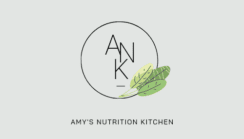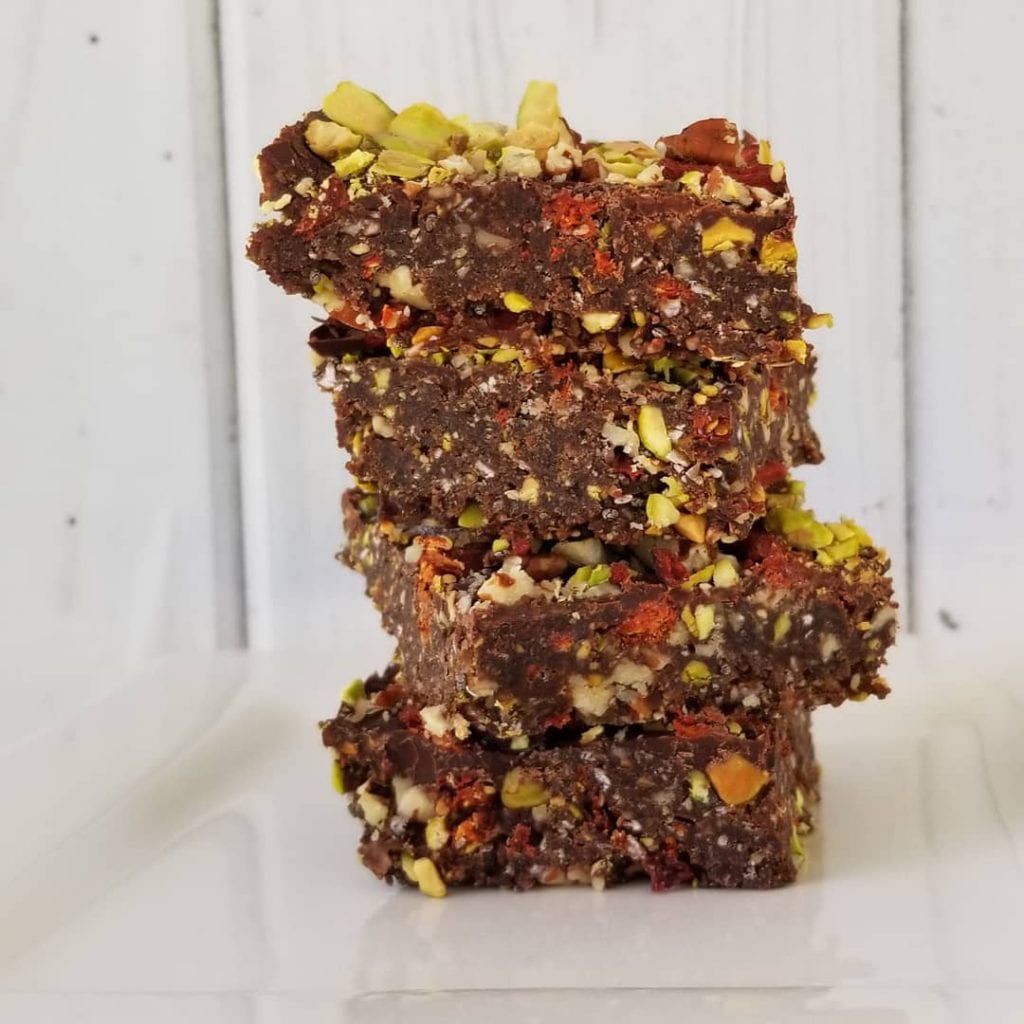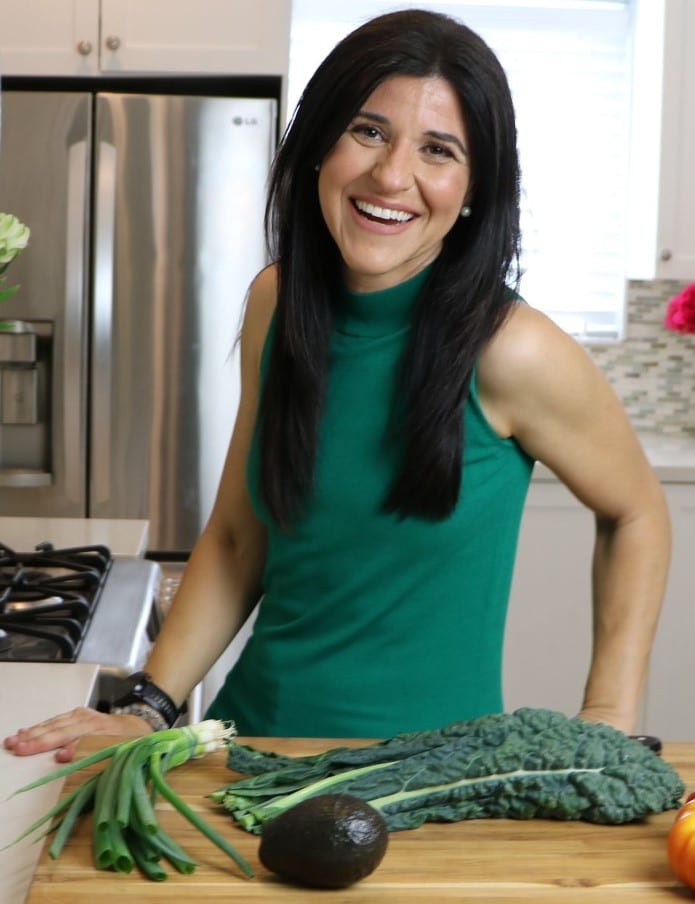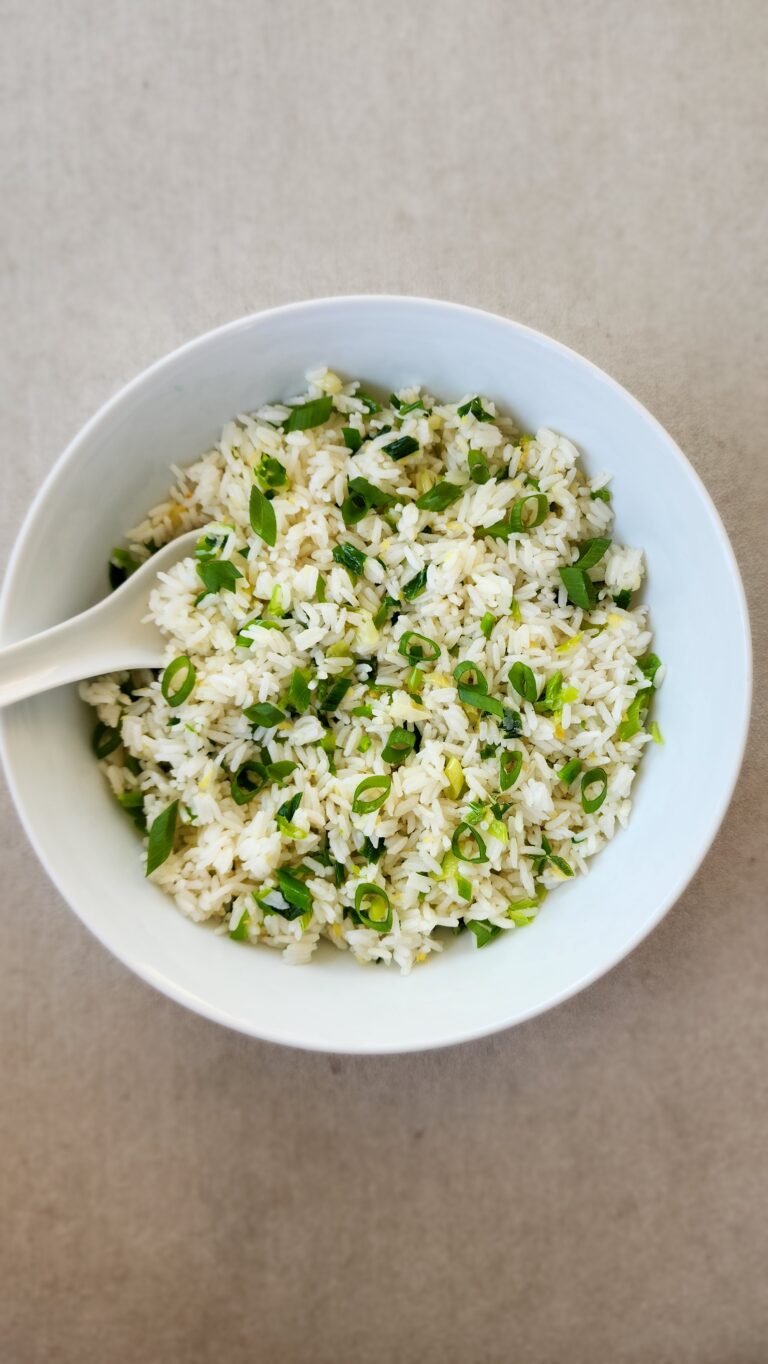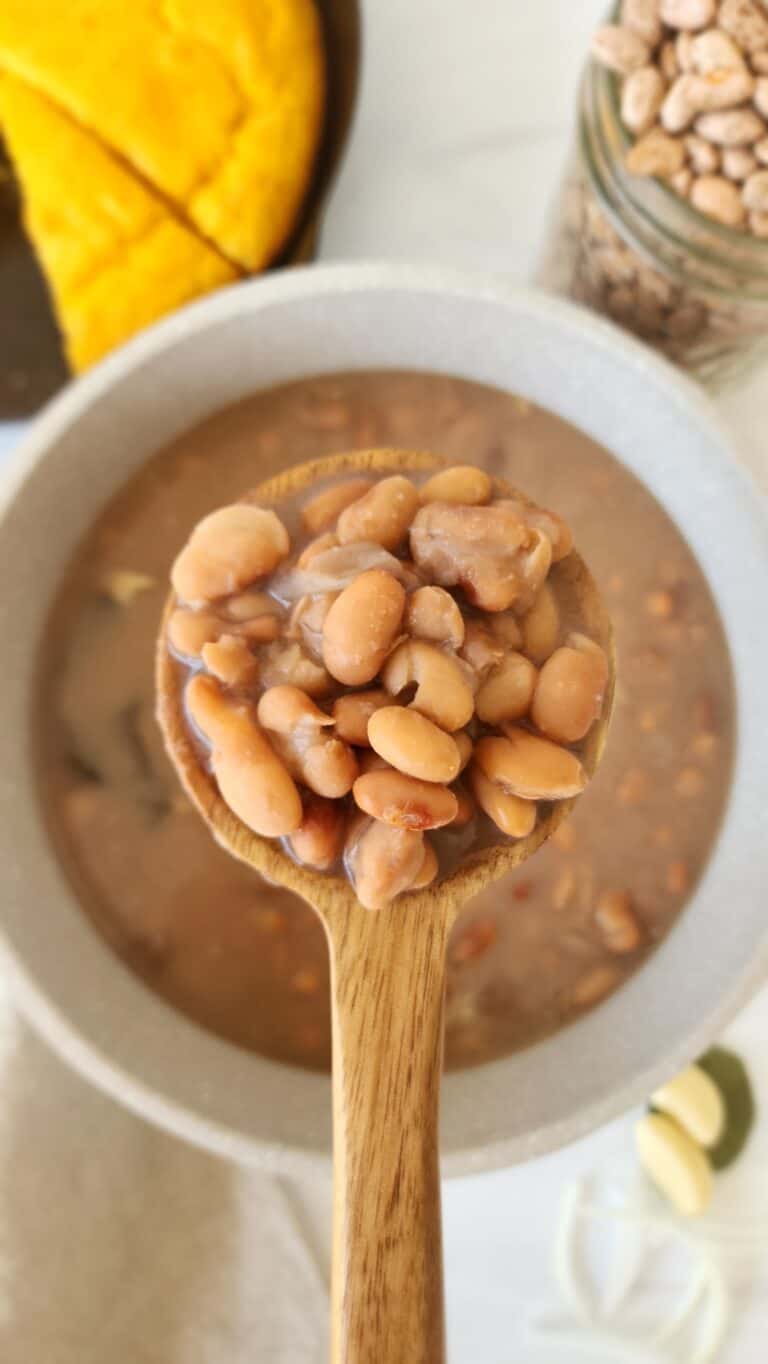Is what you’ve heard true…or just new?
With so much information – and misinformation – out there, it’s hard to know what to believe. Nutrition information is passed along through the media, from friends, the internet, and even some health professionals. What is true or what is based on flawed data? What is exploited by the food industry (they are trying to make a profit let’s not forget). Here’s the truth about some of the foods and/or food trends that you see.
I start off with smoothies. Yes, I’m going there. It’s that time of year, almost summer, where it’s hot and all we want to do is drink to stay hydrated. Enter smoothies (and not to be forgotten juices). I don’t mean to ruin your smoothies (or your smoothie bowls) but actually that’s not true. I do. Sorry. Not sorry. This is a trend that I’ve spoken about for a while now but still feel the need to do so because this trend has not gone away. I even had the opportunity to speak with The New Tropic about this very topic. I got so excited I said that “the blades been destroyed” when I think we all know I meant “the fiber has been destroyed”. It gets me fired up talking about smoothies, what can I say? See for yourself. The first is linked through Facebook. Not All Fruit Is Created Equal And the second link is through New Tropic’s website. Click on the 2nd video on the page, Not All Fruit Is Created Equal
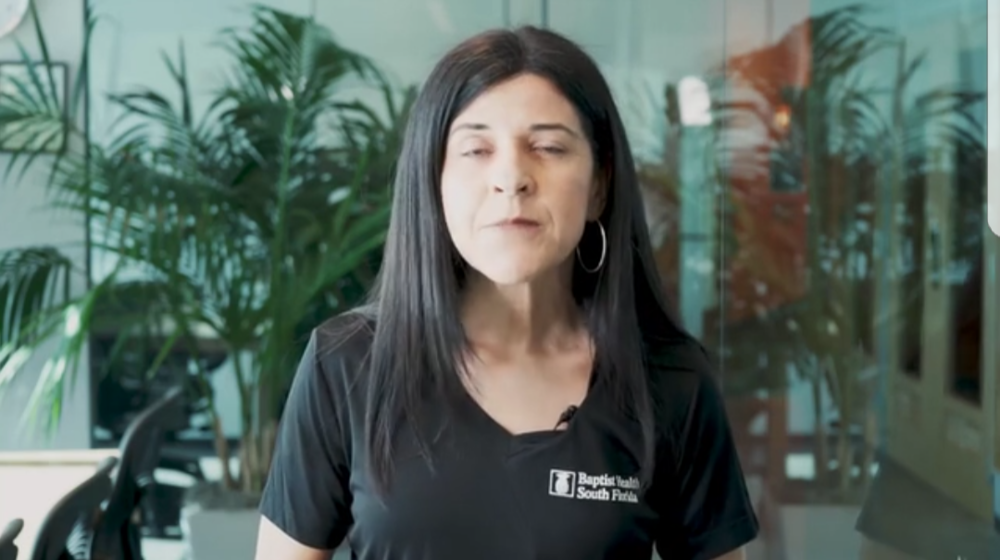
It’s popular. I get it. And even more so it has a health halo – where people perceive it to be healthy when in actuality it is not. Now hear me out, I’m all about food having a purpose and a time and place that it might work. But smoothies in general are being used as meal replacements, i.e. breakfast on the go. I don’t want people drinking a beverage in the morning to have them hungry only an hour later. And yes I’ve had people tell me that it keeps them full for longer than an hour, but regardless I don’t want people drinking their food. You need to eat and chew your food to receive the full benefits. Not to mention that smoothies most times are too high in carbs and well, no one needs that. What we do need is balance. So kudos to you if you’re adding some protein and healthy fats into that smoothie, but I’m still not giving my stamp of approval. EAT your food. CHEW your food. And please pass this message on.
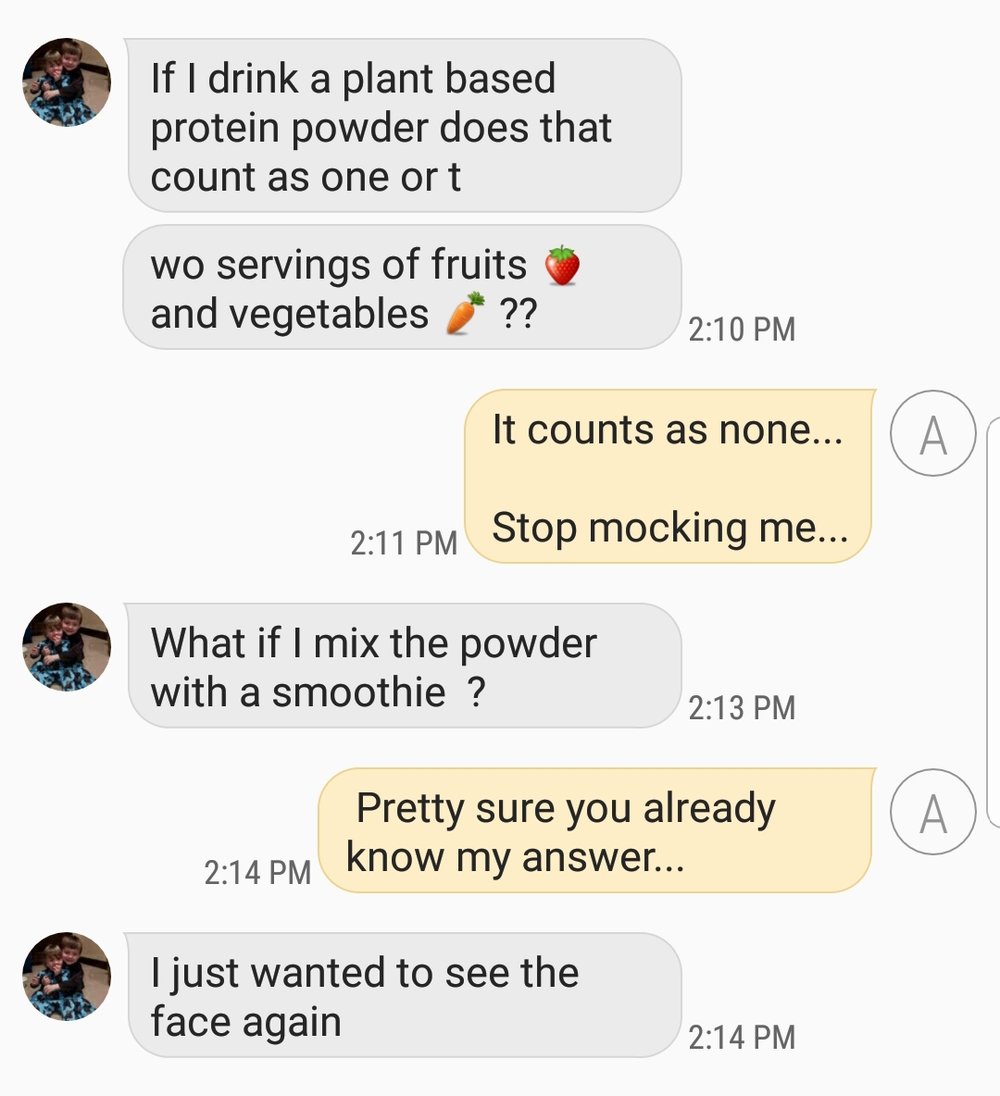
Dr. Robert Lustig is a leading pediatric endocrinologist. I heard him on a podcast a few years back and have been quoting him ever since. Our bodies absorb blended-fruit sugars differently than sugars from whole fruit. (FYI I do believe this is also where some confusion comes into place when people are asking “Is the sugar in fruit bad?” All depends on how you digest it). Fruit contains two kinds of fiber: soluble, dissolves easily in water, and insoluble, which doesn’t. The two kinds of fiber work synergistically according to Lustig to “form a gel within the small intestine that acts as a barrier” ultimately slowing the rate at which your body absorbs nutrients. This is a GOOD thing! This helps to buffer the rate at which the fruit’s sugar hits the liver – allowing the liver to work efficiently and not in overdrive (because you’ve given it too much work at once). If you puree the fruit, aka make a smoothie, the mechanical force of the blender’s blades “sheers the insoluble fiber into tiny pieces” and “functionally destroys it,” he said. The liver is getting too much work all at once by the fruits (sugar). That sugary jolt can trigger an insulin response – possibly leading to unwanted weight gain, insulin resistance, and/or nonalcoholic fatty liver disease.
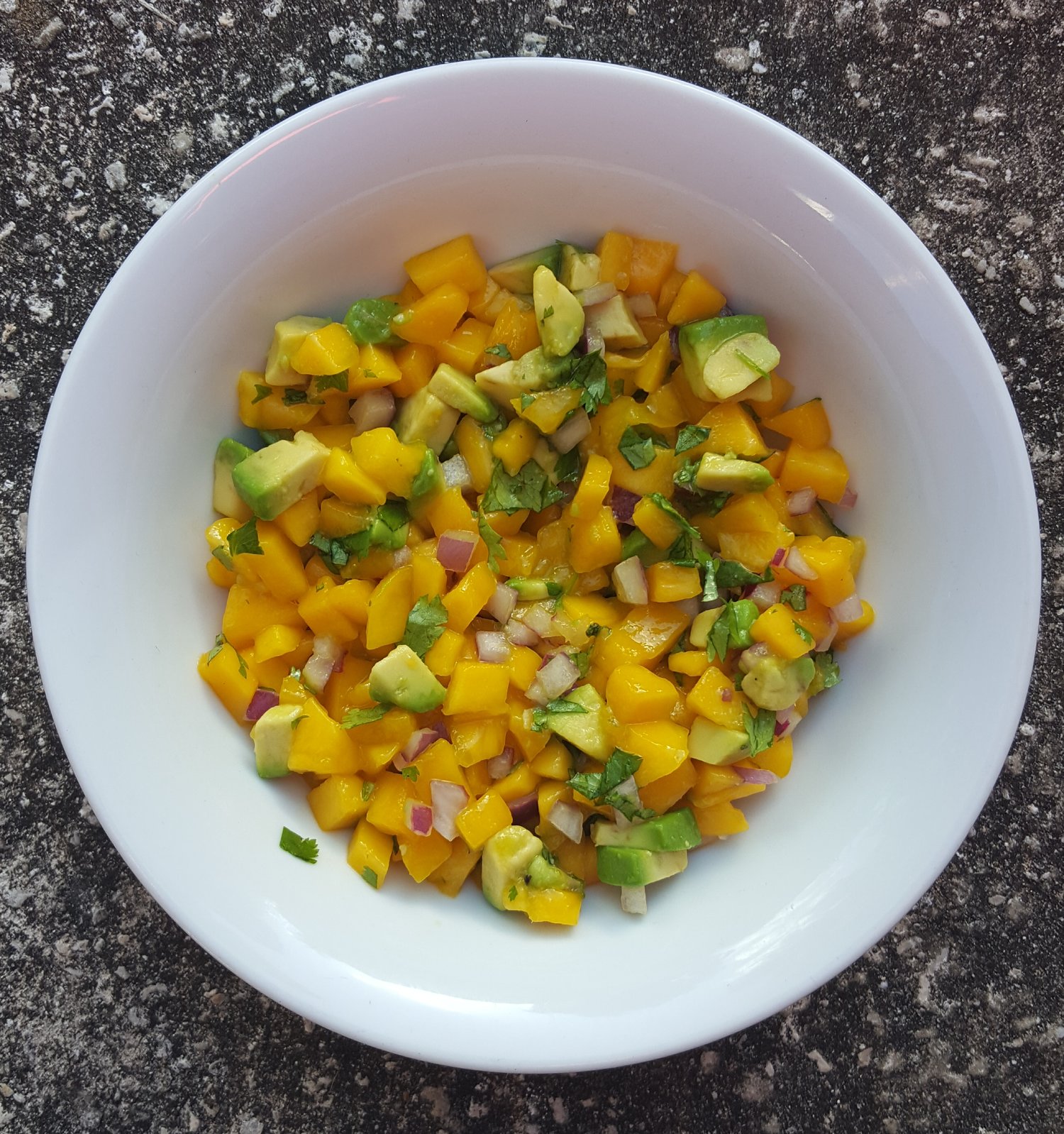
What’s the bottom line? Eat your food. And if you are having a smoothie, ask yourself what’s the real reason you’re having a smoothie in the first place? Is it because people have said it’s healthy? Is it easier to do than eat breakfast because it’s a grab and go? Did you just finish a workout and don’t have time to eat? All questions to ask yourself – but ultimately the more important thing is to find out how you can improve your eating habits and remove the smoothie. If breakfast is the issue – think of ideas of foods you can prep ahead and have ready to go. Time is always an issue when getting ready in the morning. Spending a few minutes the night before can help tremendously the following day. Because let’s be real – who really wants to clean a blender every day? Not me.
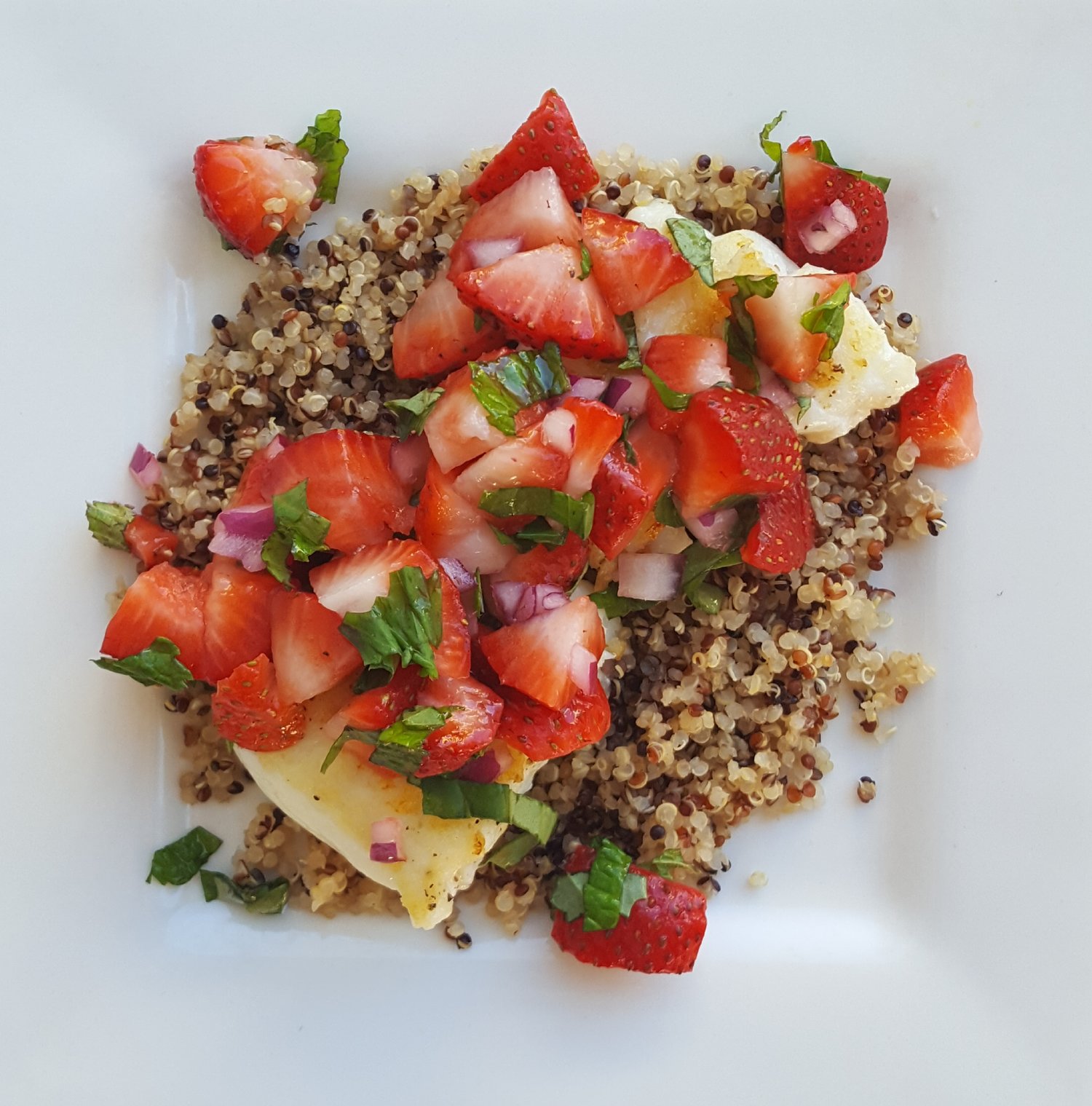
Jokes aside, I’m talking about this because I see it all over social media and see how people believe it to be healthy. Even more so because I see dietitians promoting smoothies. “How to make a smoothie healthier”. Um, no. You won’t see this dietitian promoting smoothies (yes I know all foods fit, but I’m talking if this is a very frequent habit that should be replaced with actual whole food, not a once in a blue moon occurrence). This summer, let’s end the smoothie trend…EAT your fruit whole. Which leads me into the next buzz in food trends.
Fiber 101 – These days you look around and fiber is being added to everything! Re-read what I just wrote, “it’s being added to everything!” Since when did processed fiber become a fad? We all know (or at least I hope you know) that fiber is healthy and as part of a healthy, balanced diet can help improve your overall health, i.e. lower cholesterol, control blood sugar levels, keep you fuller longer, and more. But that’s naturally occurring fiber as found in plant-based foods – fruits, vegetables, whole grains. So what about added fiber? Do the claims that manufacturers are making have any truth? Does that double fiber bread work the same way as naturally occurring fiber?
Your best line of defense is to get your dietary fiber from a variety of plant-based foods naturally. This is me you’re talking to. I will never NOT promote eating whole food. You can’t go assuming that by eating some of these products marketed towards being great sources of fiber are as effective as eating fiber in its natural form. So what is fiber? It’s a group of non-digestible carbohydrates that are not broken down in the upper gut – in the stomach or small intestine. Which fibers do what – it depends on their physiological characteristics to their overall effect. Soluble fiber dissolves in water. Viscous, thickens or forms a gel when water is added. Fermentable, it’s broken down by gut bacteria in the large intestine. Processed fibers are soluble, non-viscous, and fermentable. And that makes them the least likely to do much for your health. Back to my original suggestion, eat real food. Obtain your fiber from a variety of plant-based foods.
The company for the gummy bears, Smart Sweets, motto is to “Kick sugar. Keep candy.” They want your money. Their marketing department is good, I’ll give them that. But once you get into the ingredients and realize that their primary ingredient is a prebiotic soluble fiber from tapioca, or isomaltooligosaccarides, aka IMOs. IMO’s manufacturers are claiming that IMOs improve regularity. It’s true that IMOs are prebiotics. Prebiotics help nourish the good bacteria already in our gut. IMOs are thus a fermentable fiber – so are they good for us because they boost our good bacteria? Are there any other health benefits? The research on fermentable fibers and the gut is ongoing. One thing we do know for sure, fermentable fibers = more gas. So you at least have that. Maybe watch how many gummies you eat, each 90 calorie bag has 100% of a day’s fiber (28 grams). That’s some powerful gummies. I mean they do claim they’re candy and we all know you might not stop at just one bag. Errrr maybe you will if you know they’ll give you gas? Can we just please eat real food for our fiber?
Not to be left out – Chicory root fiber, aka inulin. What does inulin do? Most studies find no effect on blood sugar, LDL (lousy) cholesterol, regularity, or food intake. But it has been reported to cause more gas. There we go again…full of hot air. Wait, it’s not that kind of gas.
Polydextrose – This form of processed fiber is made by chemically altering the bonds between sugars so that your digestive enzymes can’t break them down. They’re fermented by the gut bacteria instead. The claim is that polydextrose will help people to feel fuller, ultimately helping people to eat less. As I said, that’s the claim. There are no studies to support this said claim.
Soluble Corn Fiber aka Resistant Maltodextrin – this processed fiber is produced by using heat to make some of the chemical bonds in cornstarch indigestible, and by using enzymes to remove the remaining digestible bonds. The claim is that this will help lower blood sugar levels. There are no studies to report this to be true. Their label also claims that there are “5g of fiber so you can enjoy every bite.” I think I can enjoy dessert all on my own with fiber or without – there should never be guilt associated with eating – another blog topic, another day.
Your goal: 28 grams of fiber/day. Know how much you’re getting naturally from food. And aim to increase your intake from whole food sources. Whole grains – so think brown rice instead of white rice, and if you’re not into brown rice, vary your grains up. Use quinoa, farro, barley, etc. as a substitute for rice. Beans are an amazing source of fiber. Think whole beans again, not your bean chips or bean pasta here. Whole beans – throw some chickpeas into your salad, eat more beans than rice, you get the idea. Fruits and veggies are great sources of fiber, some more than others. But the goal is to get 5-9 servings of fruits and veggies/day – more veggies than fruit, but ultimately increasing your fiber intake little by little. Watch the wonder of fiber and know that you WILL become more regular, naturally.
Probiotics – are live microorganisms that when administered in adequate amounts confer a health benefit on the host. That host is YOU. Most bacteria have a first, middle, and last name. For example, Bifidobacterium (the genus), lactis (the species) DN-173 010 (the strain). All three parts are important. You want to look for the strain with the particular health benefit associated with it. The only problem is that the FDA doesn’t require companies to disclose which strains they use.
Typically people start to think about your gut bacteria when there’s been a disruption – antibiotics, travel, or if there is a chronic condition like irritable bowel syndrome (IBS). Should we take probiotics to reinforce our normal intestinal bacteria? Our normal bacterial flora do exactly that – keep foreigners out. That’s what they’re designed to do. There isn’t really any good evidence to show that probiotics do any good when taken on a day-to-day basis in healthy adults. Again, remember, it’s meant more when there’s been that disruption. The research is looking into different strains and benefits to our health from these specific strains. Here’s one that looks promising.
Lactobacillus reuteri NCIMB 30242 – is a probiotic strain that claims to help your body maintain cholesterol levels already within the normal range. In the study that looked at this claim, it did show that this probiotic did reduce LDL cholesterol moderately. This study needs to be confirmed by independent researchers, but this is a start.
The key points to remember when looking to include probiotics:
Find the strain for what you need – remember the first, middle, and last name – all point to what specific strain and what health claim they are suggesting to help with overall with health.
Take enough – You do have to take a lot because ultimately our bodies are good at destroying bacteria. Labels will list the amount of probiotics as “living cells”, “viable cells”, or “CFU” (colony forming units). How much you need all depends.
Follow storage instructions – Some probiotics need to be refrigerated; others don’t. Simply follow the package’s instructions.
Check the expiration date – You want to get the most live cells, so look for probiotics that have months to go before the actual expiration date.
Try foods or supplements – Either is fine, though supplements in this case generally do have higher concentrations or probiotics and are more stable.
Nutrition is a science that is always evolving. I challenge you to go beyond the buzz – or wait for me to summarize it for you. Sorting out the research and separating food fact from fiction can be difficult – not to mention that new studies can always change the picture. Pay attention to reputable sources of information – hello, that’s me! And remember, if it sounds too good to be true, it probably is.
